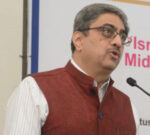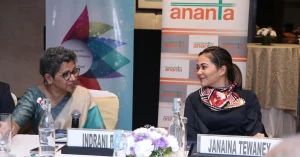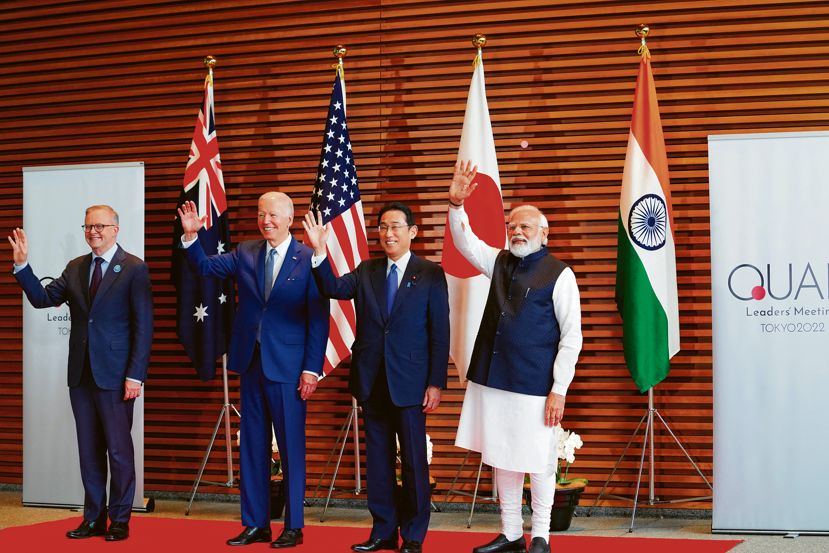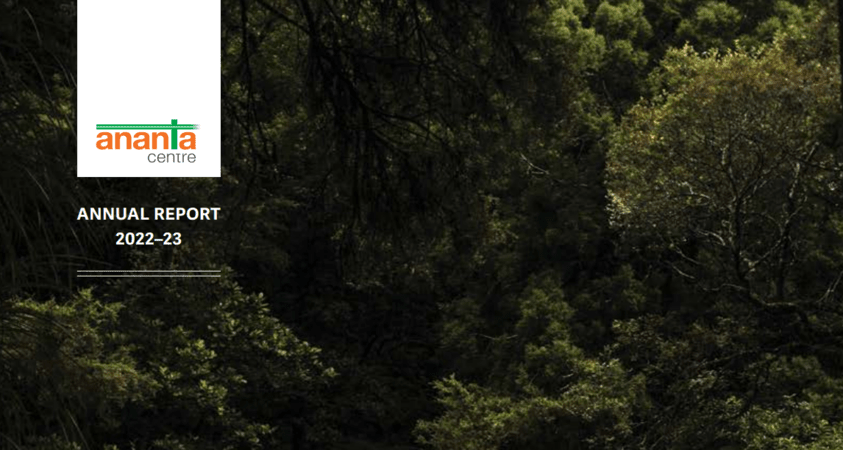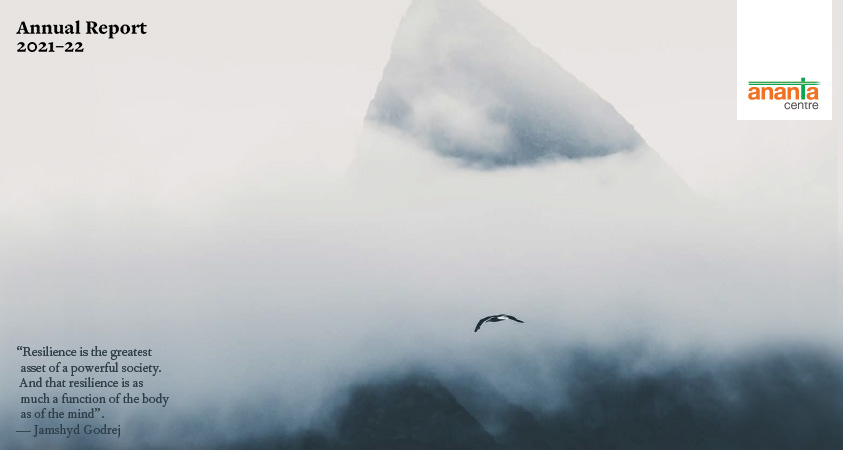Overview
China:
• 2nd Belt and Road Forum
• Listing of Masood Azhar at the UN
• US-China Trade War Shifts into Higher Gear
• Indian Navy Participates in the 70th Anniversary Celebrations of PLA Navy (PLAN) at Qingdao
Japan:
• New Reiwa Era Begins
• Navies of Japan, India, US and Philippines Demonstrate Joint Presence in the South China Sea
DPR Korea (North Korea):
• North Korea Launches Two Short-Range Missiles
Developments in China
2nd Belt and Road Forum
China hosted the 2nd Belt and Road Forum (BRF) for International Cooperation in Beijing on 25-27 April, 2019. With 40 world leaders in attendance, including the UN Secretary General, and the IMF Managing Director, Chinese President Xi Jinping’s speech targeted the criticisms against the entire Belt and Road Initiative (BRI). Takeaways from his speech include: (a) China will not devalue the Yuan (b) China will step up protection of IPR (c) Reiterated China’s commitment to an open economy (d) Stated clearly that BRI is not merely for China but that it would benefit all participants (e) Stressed green growth aspects of BRI.
The problem with these promises made by Xi is that over the past few years the world has learned that such fancy promises are made but no move towards implementing them is taken. On issues such as greater openness of the Chinese economy and protection of IPR, China continues to pay lip service to them while merrily interpreting these concepts in its own very Chinese way. So, Xi will be judged by the international community on whether he ‘walks the talk’.
Outcomes from the 2nd BRF include (a) a Joint Communique by the leaders who attended (b) a list of 283 deliverables (c) launching of the Belt & Road Initiative International Green Development Coalition (d) a new Belt & Road Sustainable Cities Alliance (e) China’s Ministry of Finance issued a Debt Sustainability Framework aimed at denting criticism that China’s goal is to use debt as a strategic weapon.
From South Asia, the President of Nepal and the Prime Minister of Pakistan attended the 2nd BRF.
There was no official participation from India. However, as in 2017 a number of private individuals from academia and the media were invited to participate in events at the 2nd BRF.
Listing of Masood Azhar at the UN
China finally lifted its hold, and Jaish-e-Mohammed chief Masood Azhar was listed at the UN as an international terrorist on 1 May 2019. Such a designation under the UN 1267 Sanctions Committee immediately results in a travel ban, financing restrictions and no weapon sales. The question of why China finally acceded to this listing has been uppermost on many people’s minds. The reason, is likely to be, that China could see that being the only country to oppose the designation of Azhar was having diminishing returns for itself and that there would be a point in time when it would have to allow the listing to go ahead. There can be little doubt that it had been preparing the Pakistanis too for such a decision over the last few months. Also, pressure from the United States in the UN Security Council to force a more public discussion on the subject would have scared the Chinese since such an open hearing would have been anathema to China. Foreign Secretary Gokhale’s visit to Beijing just prior to this decision would have also ensured that the bilateral channel between India and China was at work on this issue.
That India has finally achieved an objective that it had aimed for years, is indeed a diplomatic victory which it should savor. However, it should be seen as a victory in only one skirmish or battle. The larger war on terrorism including cross-border terror aimed at us, continues and needs to be fought with increased vigor and cunning.
While some observers and commentators see China’s change of heart on this subject as signaling a possible new phase in relations with India, it would make more sense to treat this as a manouevre by India and its friends which succeeded rather than some tectonic shift in India – China relations.
US-China Trade War Shifts into Higher Gear
The on-going US – China trade war shifted into a higher gear on 10 May 2019 when President Trump directed the increase in tariff from 10% to 25% on US $ 200 billion worth of Chinese exports. China has retaliated by levying similar higher tariffs on US $ 60 billion worth of US products. Even as negotiations between the two countries continue, there have been reports of some backsliding by China on commitments made in previous rounds of negotiations, particularly on IPR protection.
Indian Navy Participates in the 70th Anniversary Celebrations of PLA Navy (PLAN) at Qingdao
The Indian Navy was represented at the International Fleet Review to mark the 70th Anniversary of the Chinese PLA Navy (PLAN) at Qingdao on 21-23 April 2019 by the indigenously built stealth guided missile destroyer INS Kolkata and fleet support ship INS Shakti. They participated in the naval parade reviewed by Chinese President Xi Jinping.
Developments in Japan
New Reiwa Era Begins
With the abdication of Emperor Akihito on 30 April 2019 the Heisei Era came to an end. A new Reiwa Era (Auspicious Harmony) has begun in Japan which will finally lead to the Enthronement of Emperor Naruhito on 22 October 2019. A new Japanese Era starts the day after the old Emperor dies or in this case abdicates. The date of accession of Emperor Naruhito remains 1 May 2019.
Navies of Japan, India, US and Philippines Demonstrates Joint Presence in the South China Sea
A significant multilateral naval engagement between Japan, India, US and the Philippines took place in the South China Sea between 2 and 8 May 2019. Warships from the four Navies sailed in a 4-way event for the first time ever demonstrating presence, cooperation and inter-operability. The ships conducted formation exercises, communication drills, passenger transfers and held a leadership exchange. Such events underline the free and open nature of the Indo – Pacific.
Developments in DPR Korea (North Korea)
North Korea Launches Two Short-Range Missiles
North Korea tested 2 short-range missiles on 9 May 2019, one with a range of 420 kms and the second with a range of 270 kms from its Kusong missile test site. The launches were overseen by Kim Jong Un himself and can be interpreted as an attempt by North Korea to pressure and push forward the denuclearization dialogue.


